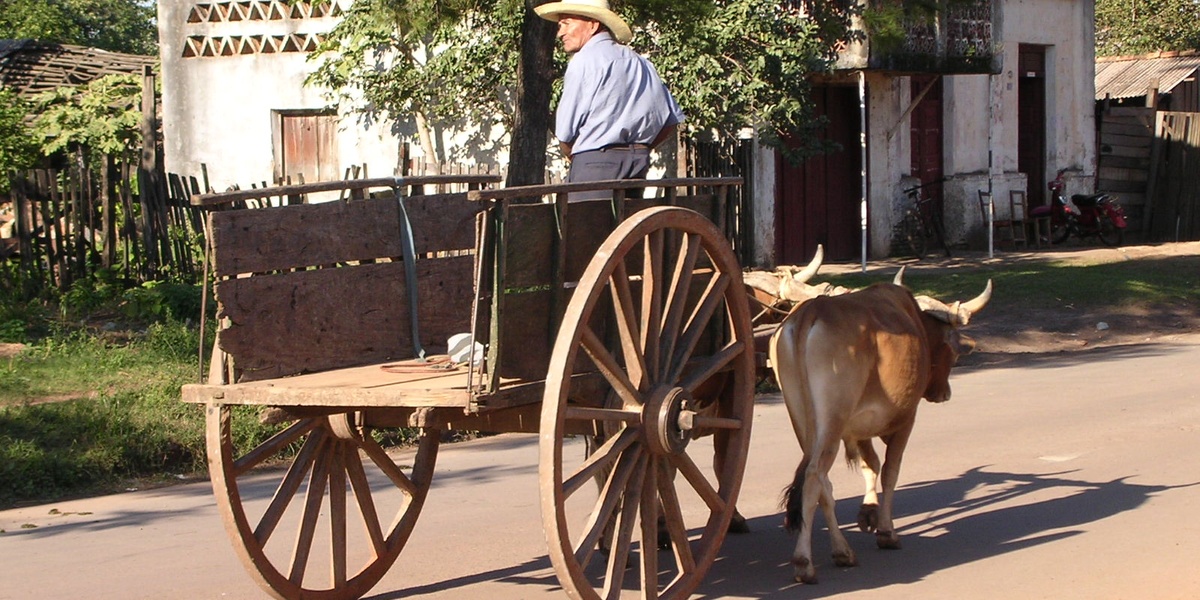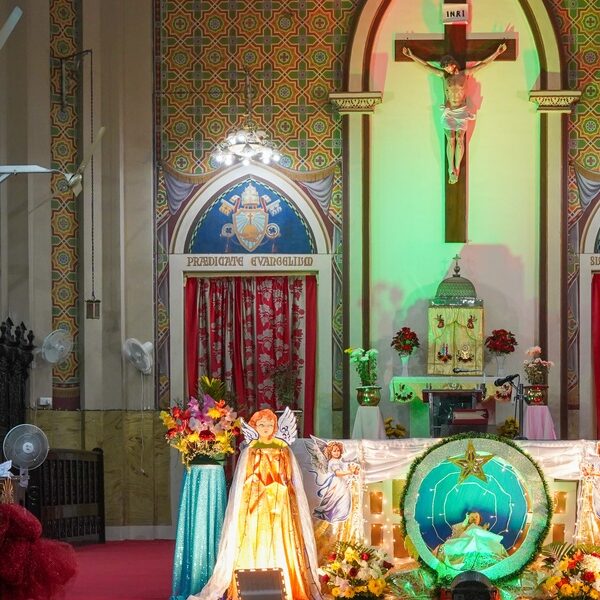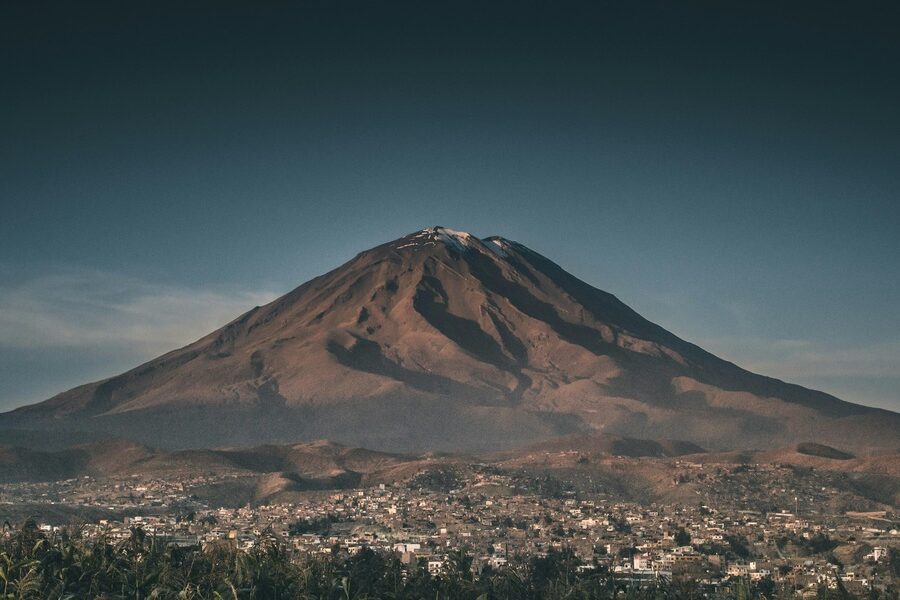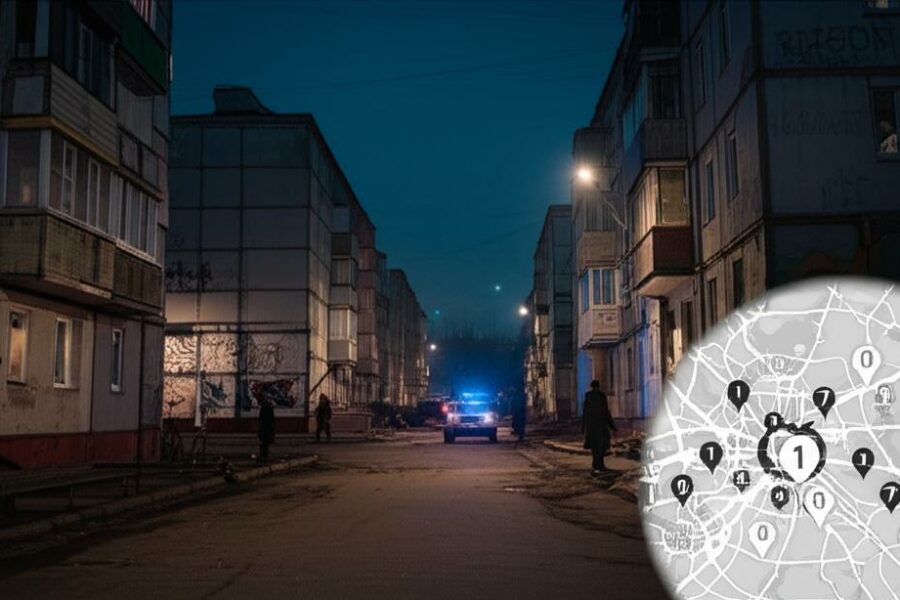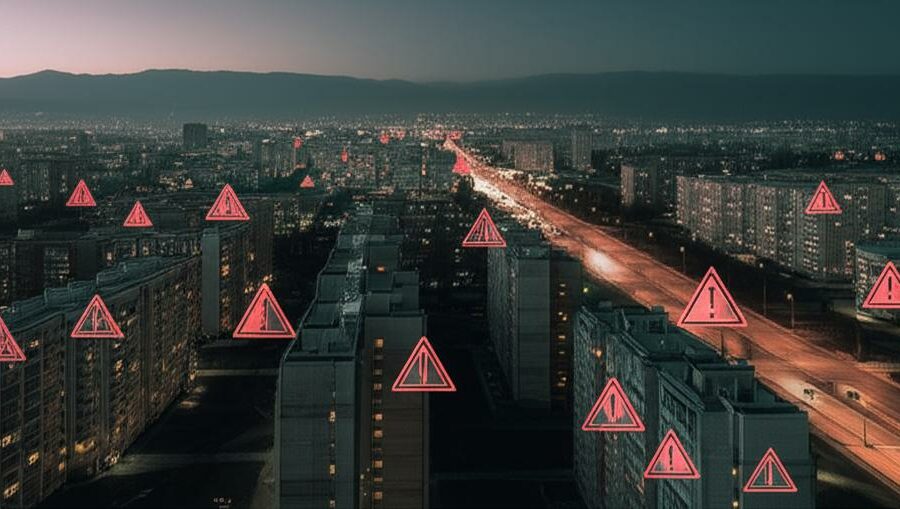Several urban centers in Paraguay register rates of violent crime and organized illicit activity that exceed national averages and shape daily life for residents and visitors alike.
This article identifies eight Paraguayan cities where crime, cross-border smuggling, and organized networks create elevated risks — and explains the local drivers, numbers, and what residents and travelers should watch for.
Readers should care because these dynamics affect public safety, travel planning, business costs, and development policy: border hubs alter local economies, metro spillover changes daily commutes, and interior trade routes raise logistics risks.
Below are eight cities where those risks are concentrated, each entry offering local drivers, recent statistics (with years), concrete examples, and practical safety context for residents, expats, travelers, and businesses.
Border and Transit Hubs
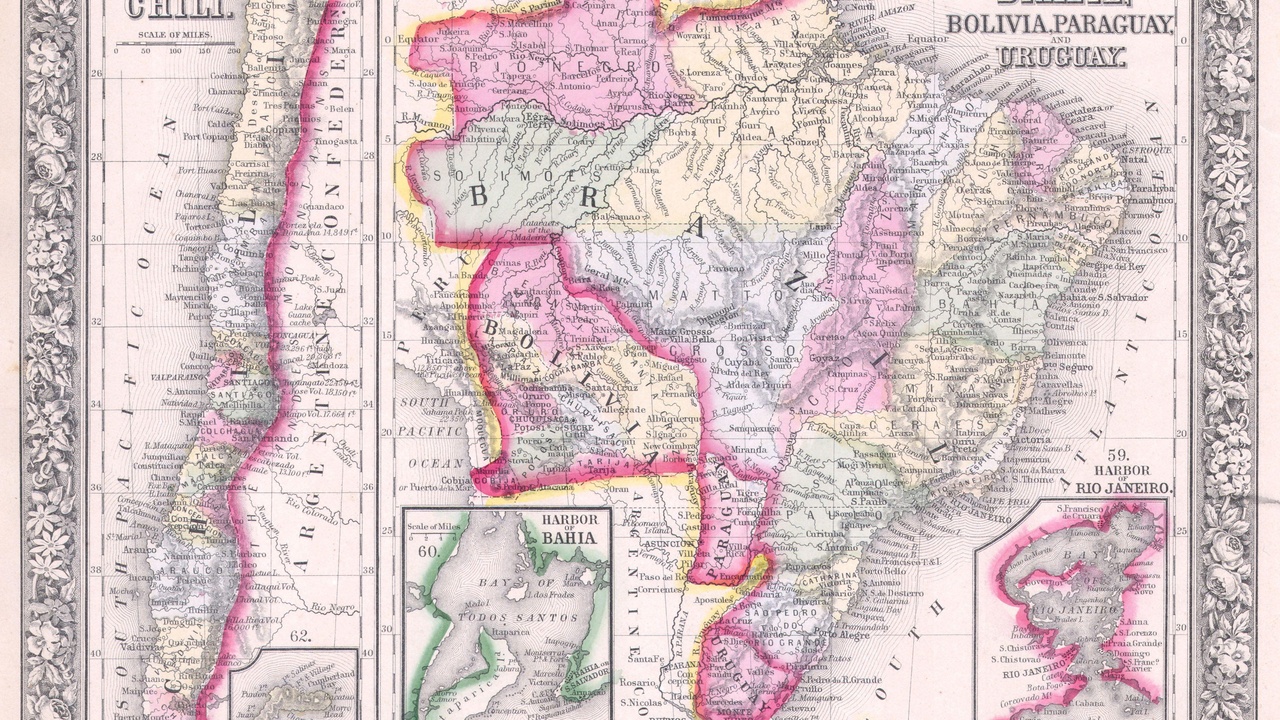
Paraguay’s border cities concentrate large volumes of people, formal trade and informal commerce, and therefore attract transnational criminal groups that exploit porous controls and high flows of cash and goods.
High traffic and informal markets create opportunities for drug transshipment, arms movements, money laundering and petty theft; customs and police face resource limits when traffickers use back roads and commercial cargo as cover.
As context, the tri‑border region (Paraguay–Brazil–Argentina) processes hundreds of thousands of cross-border crossings annually and has been the focus of joint operations by Paraguayan National Police, INTERPOL, and MERCOSUR coordination in recent years.
Common crimes here include large-scale smuggling of contraband and narcotics, arms trafficking, and tourist-targeted pickpocketing; seizure figures reported by authorities in 2022 and 2023 show spikes in targeted operations against these flows (e.g., customs and police press releases in 2022 cited multiple large seizures).
Visitors and businesses should treat border hubs differently: avoid informal markets for high-value purchases, use official customs brokers for imports, and monitor advisories from Paraguayan National Police and foreign embassies.
1. Ciudad del Este — Border trade and illicit flows
Ciudad del Este is Paraguay’s major eastern border city and a key commercial gateway to Brazil and Argentina, with a municipal population of roughly 320,000 (2022 estimate) and a metro catchment far larger.
The city’s dense wholesale markets and informal retail corridors make it attractive for contraband and transshipment; Paraguayan customs and police reported multiple high‑profile seizures in 2022, and authorities noted that a significant share of cross-border contraband routes touch this corridor (Paraguayan National Police, 2022).
Real-world impacts show up as frequent petty thefts in crowded markets, money-laundering concerns that complicate legitimate commerce, and occasional violent confrontations tied to organized networks operating in the tri‑border area.
Example: recent operations in 2022 and 2023 resulted in coordinated raids against smuggling cells and the seizure of packaged narcotics and undeclared electronics, illustrating both ongoing enforcement pressure and persistent illicit trade (official statements, 2022–2023).
Safety tips: do not display expensive items in public, use official taxis from regulated ranks, avoid crowded stalls at night, and keep digital and paper records for business transactions to reduce exposure to informal networks.
2. Pedro Juan Caballero — Cross-border organized crime
Pedro Juan Caballero sits on the Brazilian border and has a long history of organized groups with cross-border links that traffic drugs, weapons and illicit goods into neighboring states.
Local authorities recorded elevated homicide and violent‑crime metrics in 2021–2022 compared with national averages, and several high‑profile arrests and cross‑border raids involving Brazilian counterparts occurred in 2022 (Paraguayan National Police press reports, 2022).
The everyday effect includes community insecurity, reduced foot traffic for formal businesses in affected neighborhoods, and challenges for local police operating against transnational networks that use safe houses across the border.
Concrete example: coordinated operations with Brazilian forces in 2022 disrupted a trafficking cell and led to arms and cash seizures, but fragmentation of networks meant follow‑up violence in some peripheral neighborhoods.
Practical advice: residents should report suspicious activity to local police, avoid isolated streets after dark, and businesses should adopt discrete cash-handling procedures and liaise with municipal authorities where possible.
3. Encarnación — Tourism meets petty crime and trafficking routes
Encarnación, on the southern Paraná River border, combines a tourist waterfront (notably carnival and summer seasons) with peripheral transport corridors that traffickers use outside peak hours.
The city’s population is roughly 122,000 (2022) but can see seasonal surges during festivals and holidays, increasing opportunities for pickpocketing and opportunistic theft during 2022 and 2023 peak weekends.
Local impacts include thefts targeting festival visitors, pressure on hospitality workers to manage cash safely, and periodic police checkpoints on routes used by traffickers moving goods toward Argentina.
Example: during a 2022 carnival period police reported multiple incidents of tourist-targeted theft that prompted temporary increases in patrols and collaborative inspections with Argentine counterparts at key crossing points.
Traveler note: secure valuables in hotel safes, avoid walking alone on poorly lit waterfront stretches at night, and use registered tour operators for organized events.
Capital Region and Greater Metro Risks
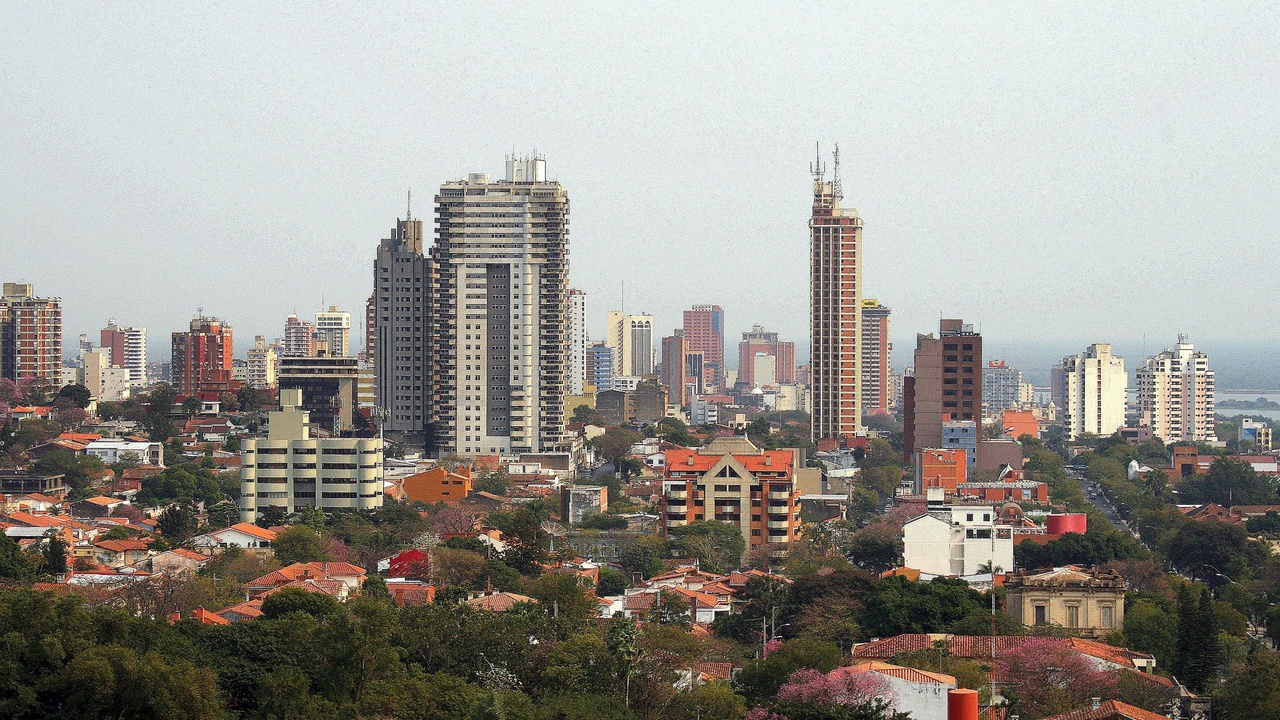
Capitals and their suburbs concentrate population, informal settlements and economic activity, producing hotspots for street robberies, vehicle theft, gang activity and domestic violence when municipal services are strained.
Greater Asunción’s metro population reached roughly 2.1 million (2022), while the city proper had about 525,000 residents (2022), creating stark contrasts between wealthier districts and informal peripheries that influence crime patterns.
Urban density raises petty‑crime exposure along commuter corridors, while under-resourced suburban municipalities experience spillover effects and often rely on community policing initiatives to fill gaps.
Municipal programs, sometimes supported by national funds and NGO partnerships, vary across districts; some projects launched in 2022 targeted improved street lighting and community patrols in high‑risk neighborhoods.
The following profiles describe metropolitan crime patterns, vulnerable neighborhoods and safety measures that have been tried in recent years.
4. Asunción — Capital-city vulnerabilities
Asunción, Paraguay’s capital, faces a mix of street robberies, vehicle thefts and occasional violent incidents that vary significantly by neighborhood.
The city proper’s population of about 525,000 (2022) and the metro’s 2.1 million (2022) create large commuter flows where opportunistic theft and moped snatchings spike during rush hours and in nightlife districts.
Police statistics for 2021–2022 showed localized concentrations of reported robbery calls in specific districts, prompting municipal campaigns in 2022 to increase visibility policing and public‑awareness messaging.
Examples of municipal responses include targeted patrols and an expansion of surveillance lighting in transit hubs carried out in late 2022, while national units (Paraguayan National Police) handle major investigations and organized-gang incidents.
Practical guidance: avoid displaying phones and wallets on crowded buses, favor bank ATMs inside banks or shopping centers, and plan routes that use busy, well-lit streets at night.
5. San Lorenzo — Suburban crime and urban spillover
San Lorenzo, a populous suburb northeast of Asunción, reports high property‑crime rates and persistent issues with motorcycle theft and home burglary.
Estimates put San Lorenzo’s population near 260,000 (2022), and police call-volume trends in 2021–2022 showed motorbike theft as a recurring problem linked to youth unemployment and informal settlements.
Urban spillover from the capital and limited municipal resources have driven community responses such as neighborhood watch groups and small municipal patrol pilots introduced in 2022.
Typical incidents include early‑morning motorbike thefts from driveways and opportunistic home burglaries in less-lit streets; residents are advised to secure motorcycles with anchors and to register GPS trackers where possible.
Local NGOs and police have run crime-prevention workshops (2022–2023) to encourage communal reporting and simple security improvements.
6. Luque — Airport-adjacent risks and informal economies
Luque hosts Silvio Pettirossi International Airport and a cluster of logistics and informal transport services that attract bag‑snatching, taxi fraud and cargo theft.
The airport served roughly 2.8 million passengers in 2023 (official airport statistics, 2023), concentrating visitors who may face unlicensed taxis and opportunistic theft near curbside areas.
Common incidents reported in 2022–2023 included taxi scams where drivers overcharge or divert routes, and isolated cases of luggage theft from unmonitored parking areas at cargo terminals.
Advice for travelers: use licensed airport taxis or prebook rides through official counters, keep luggage in sight, and insist on receipts for any paid transport to reduce dispute risk.
Logistics firms should use sealed containers, GPS tracking on high‑value shipments, and coordinate with customs and terminal security to reduce cargo loss exposure.
Interior Trade Centers and Regional Hotspots
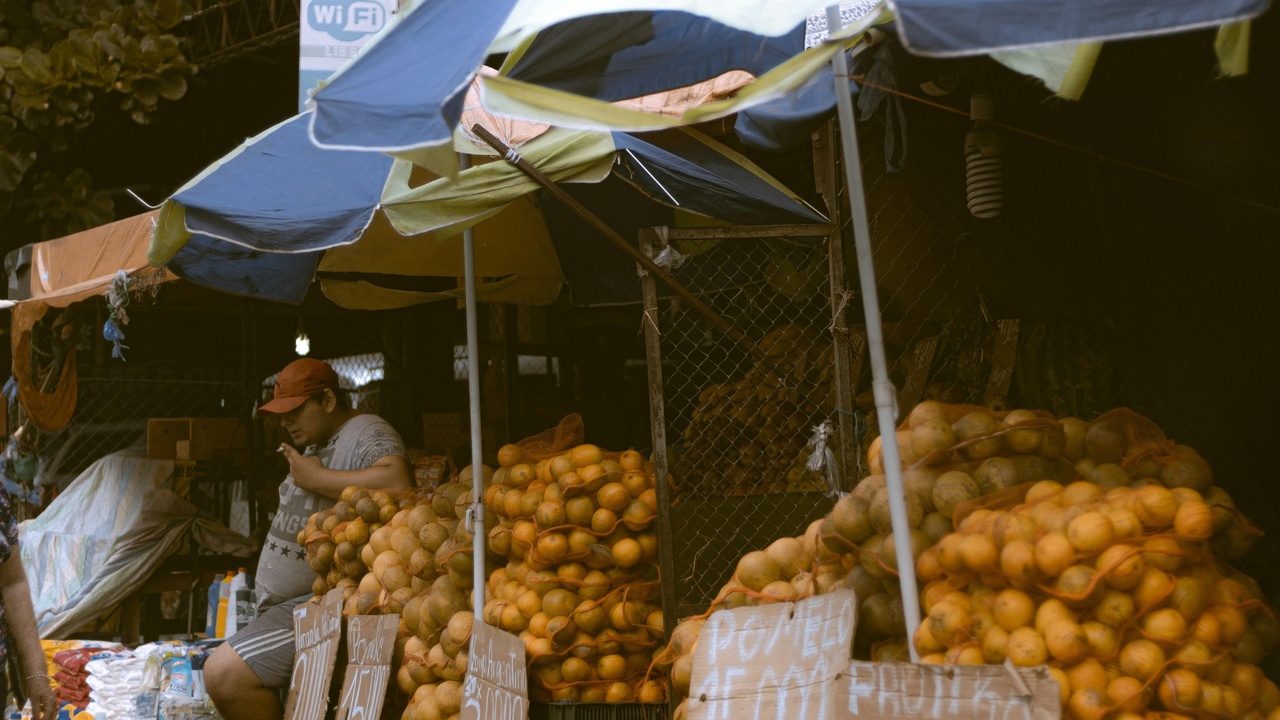
Interior trade hubs away from the capital concentrate agricultural, timber and livestock transport and often feature weaker municipal policing, creating opportunities for armed robbery of transport and organized theft.
Crimes in these zones include highway ambushes targeting cargo, local gang activity exploiting low patrol density, and illegal exploitation of natural resources that funds further criminality.
Enforcement capacity varies widely by department; federal support is sometimes mobilized after high‑profile incidents, and trucking associations have increasingly hired private security since 2021 to protect key north–south corridors.
The two profiles below show how economic flows tie directly to local security risks and the practical steps communities and companies take to respond.
7. Concepción — Northern trade routes and security gaps
Concepción, a northern trade node on major river and road routes, faces transport‑corridor crime that disrupts agricultural shipments and raises insurance and security costs for shippers.
Local authorities recorded an uptick in highway robberies and targeted attacks on trucks during 2021–2022, and municipal leaders publicly appealed for federal reinforcement after a 2022 ambush on a livestock transport convoy.
Practical effects include delayed deliveries, higher freight premiums, and reluctance from some carriers to use certain rural stretches at night; firms often pay for private guards or reroute at extra cost.
Programs to improve security include joint federal–local checkpoints and NGO-supported route-mapping projects initiated in 2022 that aim to identify and harden vulnerable stretches of road.
8. Coronel Oviedo — Regional transit and organized theft
Coronel Oviedo sits on a key north–south corridor and frequently reports property crime and organized theft operations targeting cargo and retail shipments bound for larger markets.
Police and trucking groups documented several cargo‑theft incidents in 2021–2023 that led to temporary convoys and increased use of GPS surveillance by carriers to protect high‑value loads.
Local businesses face higher security expenses and sometimes adjust delivery schedules to daylight hours to reduce risk; municipal responses in 2022 included joint patrols with national units on critical stretches.
Example: a November 2022 police crackdown disrupted an organized ring involved in repeated cargo thefts, leading to arrests and the recovery of goods, but carriers continued to report attempted thefts into 2023.
Truckers’ associations recommend convoying, remote monitoring and insurance reviews as immediate mitigations for firms operating through Coronel Oviedo.
Summary
- Border cities concentrate transnational criminal activity and petty crime, driven by heavy cross‑border traffic and informal markets.
- Capital‑region suburbs and transit corridors show different patterns: Asunción’s metro sees street robberies and vehicle thefts, while suburbs like San Lorenzo face elevated property‑crime rates.
- Interior trade centers (Concepción, Coronel Oviedo) suffer transport‑focused threats such as highway robberies and cargo theft that raise costs for agriculture and logistics.
- Practical steps: travelers should use licensed taxis, carry copies of ID and avoid isolated areas at night; businesses should secure cargo with GPS tracking and conduct security audits; policymakers should prioritize cross‑border cooperation and targeted policing.

